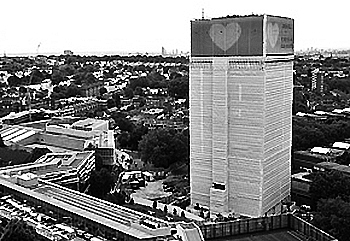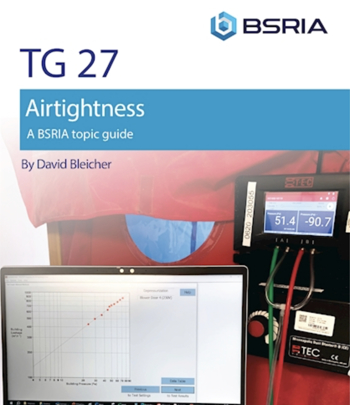Form factor
Contents |
[edit] General
Form factor, it could be said in general is a mathematical way to compare two different variables of an object by ratios. It is commonly used in the electronic hardware industry ascwell as the design and construction industry.
[edit] Electronics
In electronics form factor might be used in different ways to describe the size, shape, and specification of various pieces of hardware or components such as motherboards, USB and disc drives or memory cards.
[edit] Buildings
In the design and construction of buildings, form factor is a simplified way of measuring the efficiency of a buildings' shape, by means of a ratio between the external surface area (SA) and the internal treated floor area (TFA). This is specifically useful when it comes to heating, because the TFA is the floor area to be heated and the SA is the surface through which the heat will gradually be lost. The lower the ratio between the two the slower will be the heat loss for the same level of fabric performance.
Lower heat loss factors ( or ratios) of between 0.7 and 2.0 will be found with simple medium to high rise buildings whilst higher factors from 2.0 up to 5.0 will be found wih lower rise and single detatched dwellings as these have a greater surface area that is exposed to the outside.
[edit] Passivhaus
Form factor has gained interest, partly because it is a fundamental element of the internationally recognised passivhaus standard. This is a design and construction standard for passive buildings which targets achieving thermal comfort only by the heat generated by the occupants ( or minimal heating) , it does so though super insulation, minimising thermal bridges, airtightness, triple glazed openings, and ventilation systems with heat recovery.
[edit] Detail
Form factor is a simplification tool and designers should be aware that there are some complexities in the different ways certain variables are calculated when it comes to the detail. For example in the passivhaus air tightness test (n50) the treated floor area used to calculate the internal volume excludes any internal walls and floors. In the infiltration air change rate used for ATTMA & Buildings Regulations, it is the number of cubic meters of air leakage per hour per metre 2 of the envelope that is of concern. As such intermal walls and floors are included as within the total internal volume as the variable considered. ith Passive hoause being measured as ≤ 0.6 h-1@ 50 Pa. and ATTMA as m3/hr/m2@50Pa (q50).
for further information visit the passivhaustrust or the ATTMA.
[edit] Related articles on Designing Buildings
Featured articles and news
The UK's Modern Industrial Strategy: A 10 year plan
Previous consultation criticism, current key elements and general support with some persisting reservations.
Building Safety Regulator reforms
New roles, new staff and a new fast track service pave the way for a single construction regulator.
Architectural Technologist CPDs and Communications
CIAT CPD… and how you can do it!
Cooling centres and cool spaces
Managing extreme heat in cities by directing the public to places for heat stress relief and water sources.
Winter gardens: A brief history and warm variations
Extending the season with glass in different forms and terms.
Restoring Great Yarmouth's Winter Gardens
Transforming one of the least sustainable constructions imaginable.
Construction Skills Mission Board launch sector drive
Newly formed government and industry collaboration set strategy for recruiting an additional 100,000 construction workers a year.
New Architects Code comes into effect in September 2025
ARB Architects Code of Conduct and Practice available with ongoing consultation regarding guidance.
Welsh Skills Body (Medr) launches ambitious plan
The new skills body brings together funding and regulation of tertiary education and research for the devolved nation.
Paul Gandy FCIOB announced as next CIOB President
Former Tilbury Douglas CEO takes helm.
UK Infrastructure: A 10 Year Strategy. In brief with reactions
With the National Infrastructure and Service Transformation Authority (NISTA).
Ebenezer Howard: inventor of the garden city. Book review.
The Grenfell Tower fire, eight years on
A time to pause and reflect as Dubai tower block fire reported just before anniversary.
Airtightness Topic Guide BSRIA TG 27/2025
Explaining the basics of airtightness, what it is, why it's important, when it's required and how it's carried out.
Construction contract awards hit lowest point of 2025
Plummeting for second consecutive month, intensifying concerns for housing and infrastructure goals.
Understanding Mental Health in the Built Environment 2025
Examining the state of mental health in construction, shedding light on levels of stress, anxiety and depression.






















Comments
The definition of form factor shown in this article is incorrect. The form factor relating to heat loss is the ratio of the total heat loss envelop area to the total heated floor area (not the other way round as described in the article).
Thankyou, I believe you are correct, as we are a wiki please feel free to edit the page yourself and we will review also but thankyou for the comment. Best the editor.